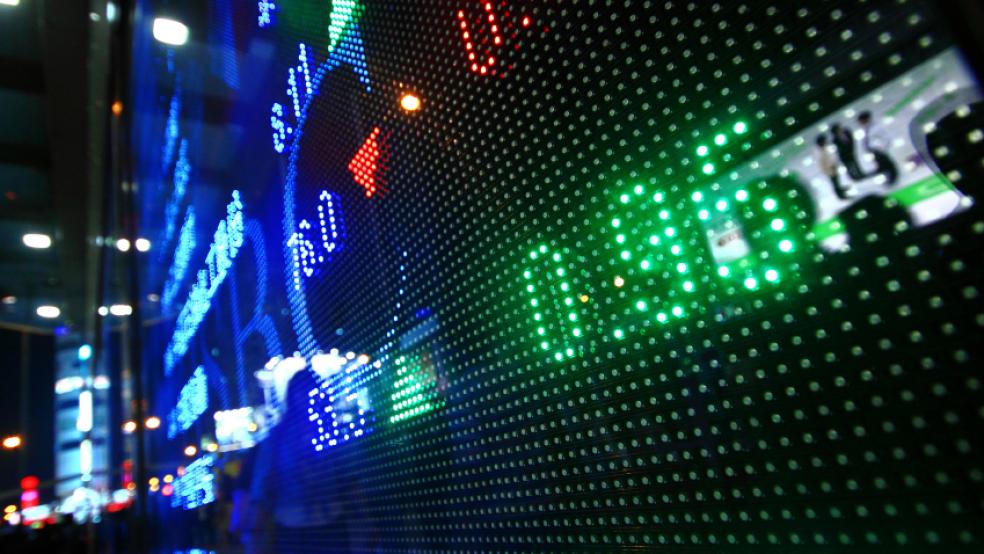Stocks are roaring to new all-time highs, with the S&P 500 crossing the 2,000 level on an intra-day basis for the first time ever on Monday and regaining that level again on Tuesday.
That's quite a reversal from the situation earlier this month when investors were gripped in fear over the prospects of a Russian invasion into Eastern Ukraine, the march of Sunni extremists in Iraq and the prospect of a sooner-than-expected interest rate hike from the Federal Reserve. The epicenter of the panic attack was the high-yield corporate bond market, which has posted a massive V-shaped rebound in recent weeks to return to the highs hit in June.
Related: Most Americans Unaware of Stock Market Gains
On the surface, the current situation appears brimming with possibility. The economic data is good, but not good enough to force the Fed to bring forward its timing of rate hikes. The so-called "Goldilocks" scenario is back in play, as monetary policy and economic data are in the sweet spot, ensuring a continuation of the status quo of low rates and rebounding growth. This is punctuated by the excitement of ongoing M&A activity. Hey, even Warren Buffett is getting in on the deals.
But on closer inspection, there are a few risks worth mentioning.
For one, Monday's market surge occurred on the lowest volume of 2014 to date. Tuesday’s gains are also on relatively light volume. Many are simply sitting on the sidelines and passively watching prices charge upwards.
Also, the strength in long-term U.S. Treasury bonds, which has pushed down long-term yields, runs counter to the improvement that seems to be unfolding in the economy. It also runs counter to what supply and demand dynamics would suggest we should expect given that the Fed is set to end its QE3 bond purchase stimulus program in October.
Related: How Overvalued Is the Stock Market?
A possible clue is provided by a similar drop in yields when the Fed ended its QE1 and QE2 stimulus programs in 2010 and 2011 as bond traders anticipated an economic slowdown and stock market turmoil. Clearly, it looks like investors are anticipating similar trouble later this year when QE3 comes to a close.
Another possible warning sign comes from the options market. Here, traders can protect themselves from stock market losses by buying put options against the S&P 500 — bets that profit when stocks go down. When these bets are under increased demand, the prices of the contracts rise. This behavior is captured by the CBOE Volatility Index (VIX), known as Wall Street's "fear gauge" since it measures how much folks are willing to pay for this downside protection.
On Monday, despite the S&P 500's flirtation with the 2,000 level, the VIX moved higher for the first time since August 15 and only the second daily gain since August 7. This suggests that traders grew increasingly nervous as stocks raced higher.
Related: Market Volatility Expected as Summer Winds Down
Finally, it appears that buyers are focusing on fewer and fewer stocks as prices rise. You can see this in the way that net advancing volume on the NYSE — the percentage of total volume going into rising stocks each day — has been making lower highs over the last three weeks. When initially rallying out of the August 7 low, this measure peaked at 82 percent. On August 18, it peaked at 80 percent. But on Monday, it hit just 69 percent.
While the medium-term trend suggests stocks should drift higher in the weeks to come, thanks to the Goldilocks situation described above, the smooth easy rise we've seen since early August looks set to give way to increased turbulence.
Top Reads from The Fiscal Times:






